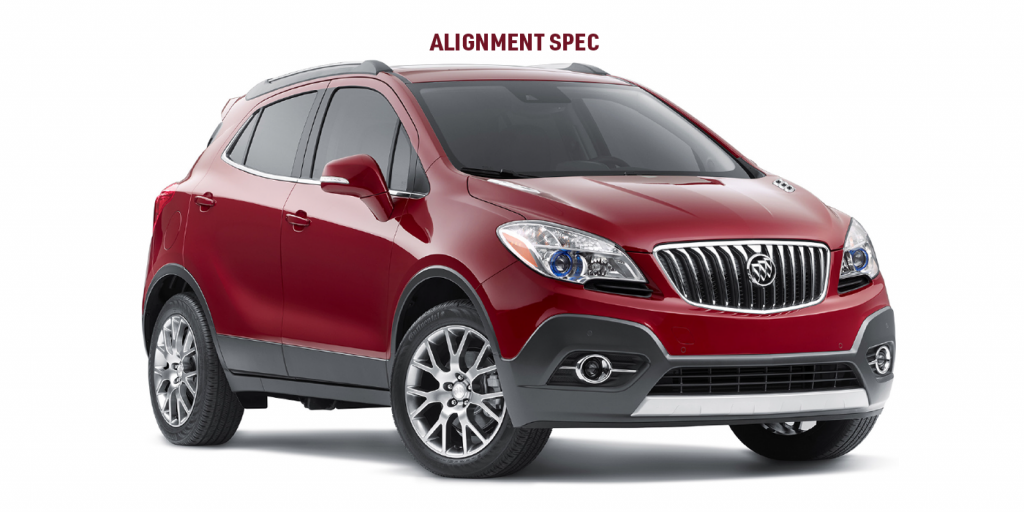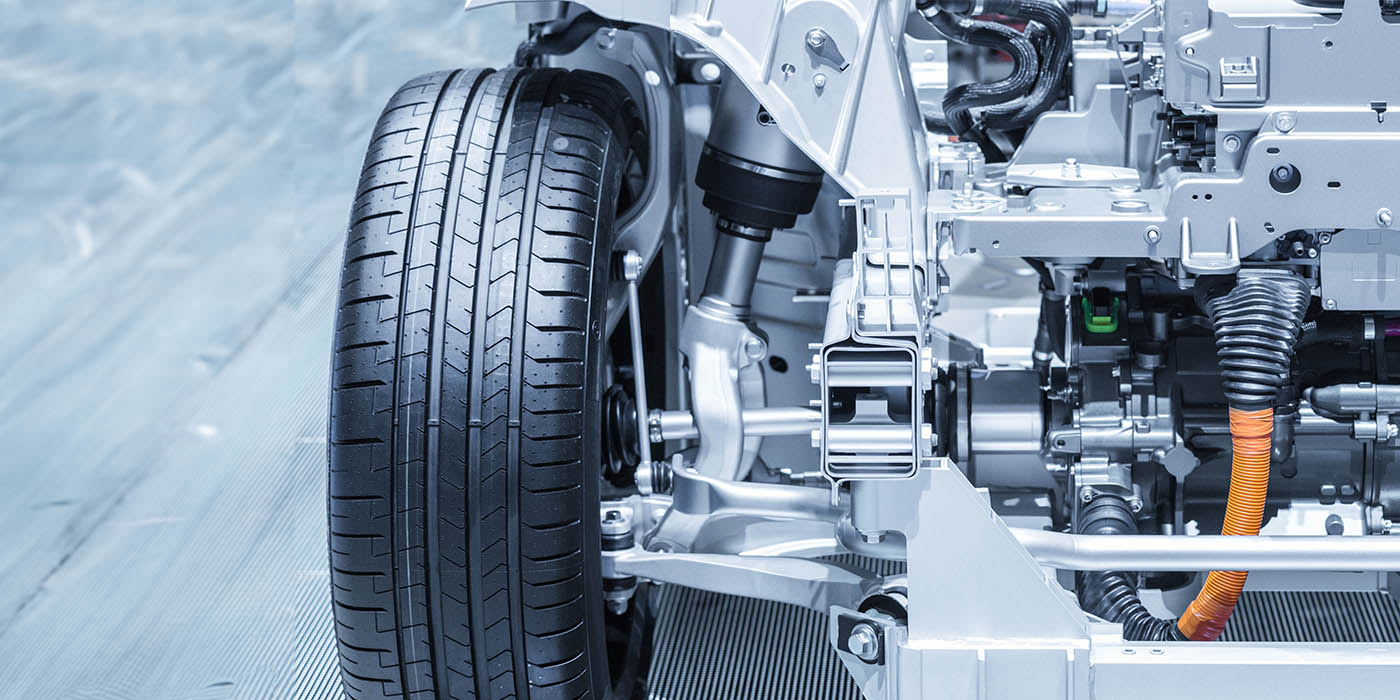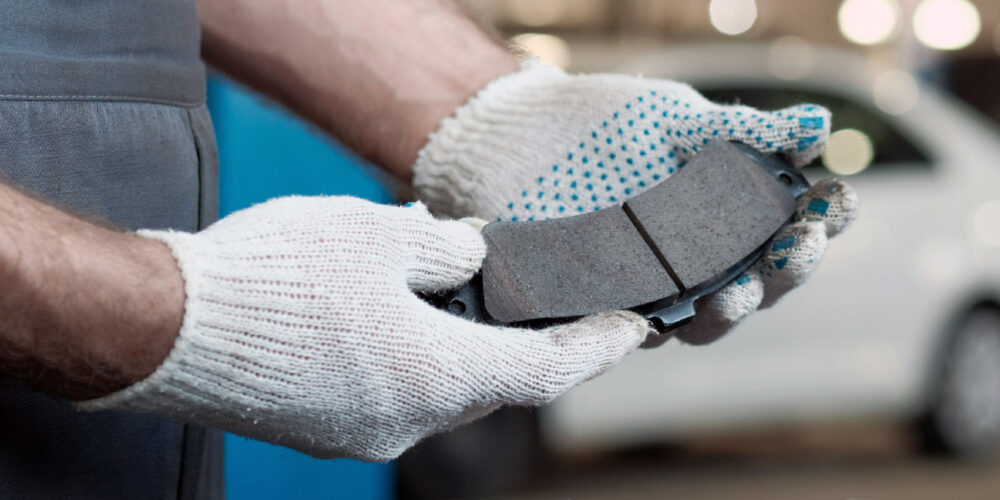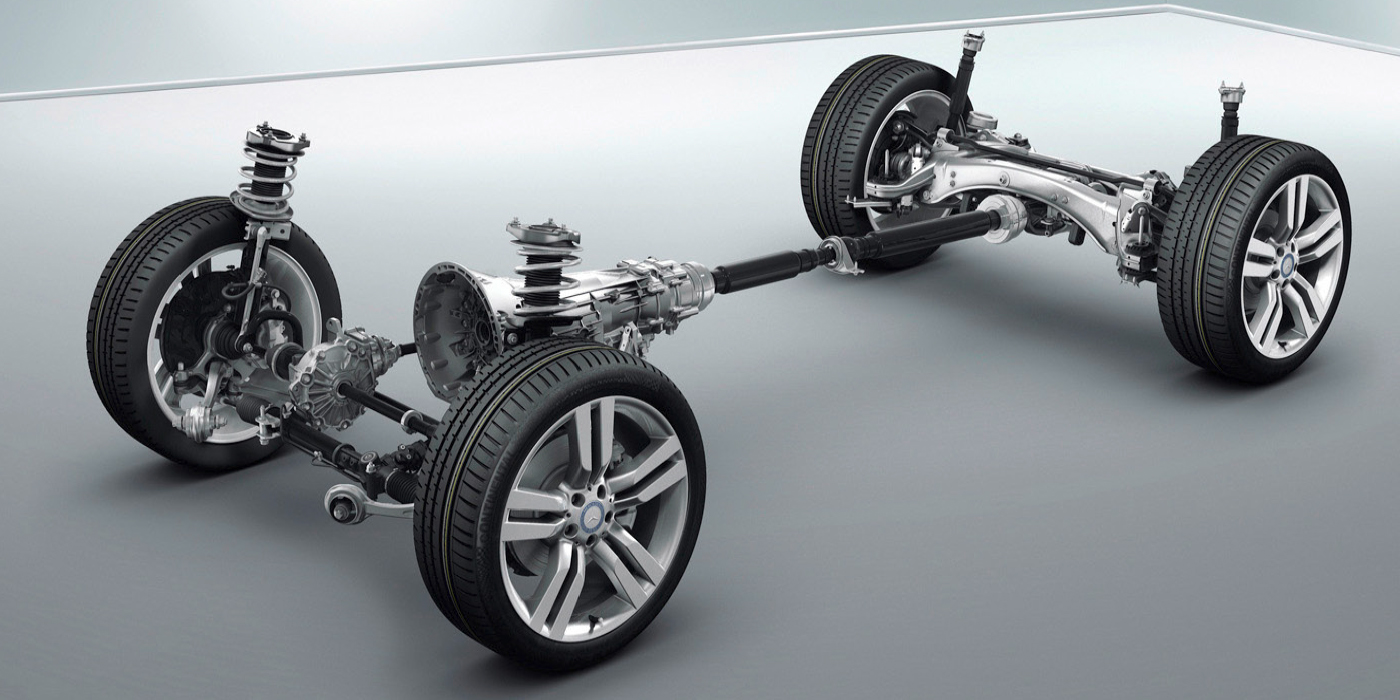The Buick Encore is based on the Gamma II platform that is shared with the Chevy Trax. This has been the best-selling Buick for several years.
Like a lot of modern vehicles, the alignment specs are tight with almost no adjustments built in except for toe. However, alignments are key to the health of the tires and some of the advanced safety systems.


Front Suspension
The front suspension on the Encore has a single lower control arm and MacPherson struts. Some models have a suspension dampener on the front bolt of the lower control arm. The part helps to control vibration that could be transmitted to the subframe.
If the caster is out of specification, look at the bushings on the lower control arm for damage. Camber can be adjusted by installing cam bolts in the lower hole of the strut mount. This should give ±1.75 degrees of adjustability.
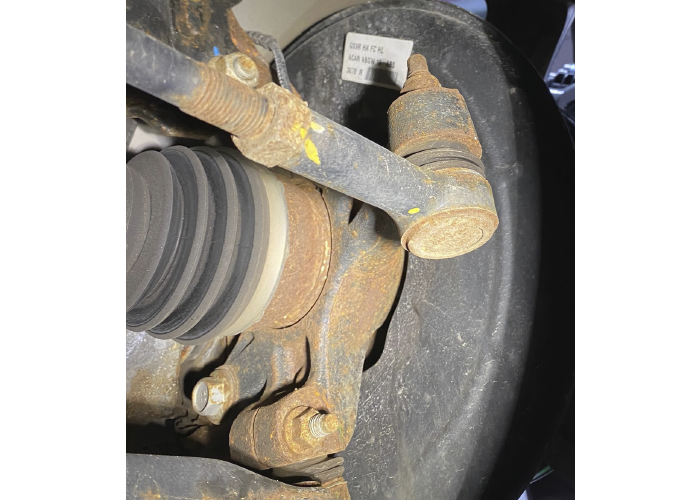
Inspection of the lower control arm is a critical part of aligning the Encore. The arm can be bent due to curb strikes and the bushings can quickly deteriorate. Also, inspect the sway bar links for any signs the ends have play.
Rear Suspension
The Encore comes in front-wheel-drive and all-wheel-drive versions. Both versions use a trailing arm beam axle. The camber and toe for the front-wheel-drive version can be adjusted with shims. There are no adjustments for the all-wheel-drive version.
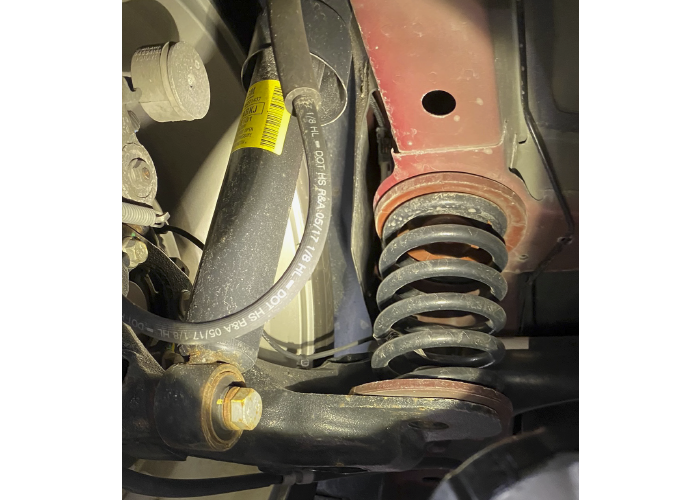
If camber or toe are out of specification in the rear, look for a damaged wheel. If the thrust angle is out of specifications, inspect the trailing arm bushings.

Ride Height
Ride height is a diagnostic measurement. The measurements should be used to compare the front and rear suspension heights and side to side. The ride height front-to-rear is measured at the top of the wheel arches and the distance should be within 15mm of each other. Further measurements can be taken by measuring the vertical distance between the lower ball joint and the control arm bolt center. In the rear, the distance is measured between the lower shock bolt and body. The measurements should be performed with a full tank of fuel.
Steering Angle Sensor Calibration
Centering of the steering angle sensor is required after any alignment or steering component replacement.
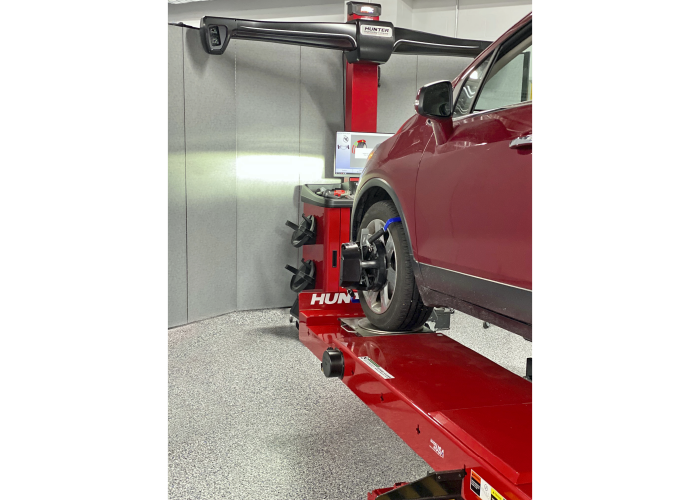
1. Using the steering wheel, align the front wheels forward.
2. Apply the parking brake or set the transmission to Park.
3. Install the scan tool to the data link connector.
4. Turn the ignition ON, and the engine OFF.
5. Select Steering Wheel Angle Sensor Reset in the Steering Wheel Angle Sensor Module Control Functions list.
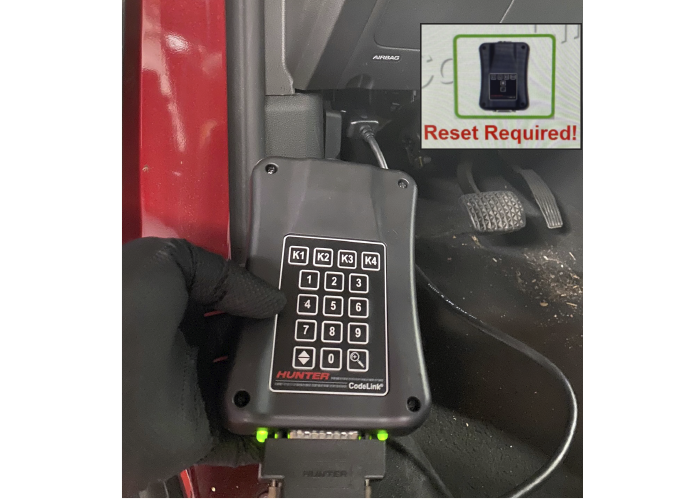
6. Follow the scan tool directions to complete the reset procedure.
7. Select Steering Wheel Angle Sensor Learn in the list.
8. Follow the scan tool directions to complete the learn procedure.
9. Clear any DTCs that may be set.

